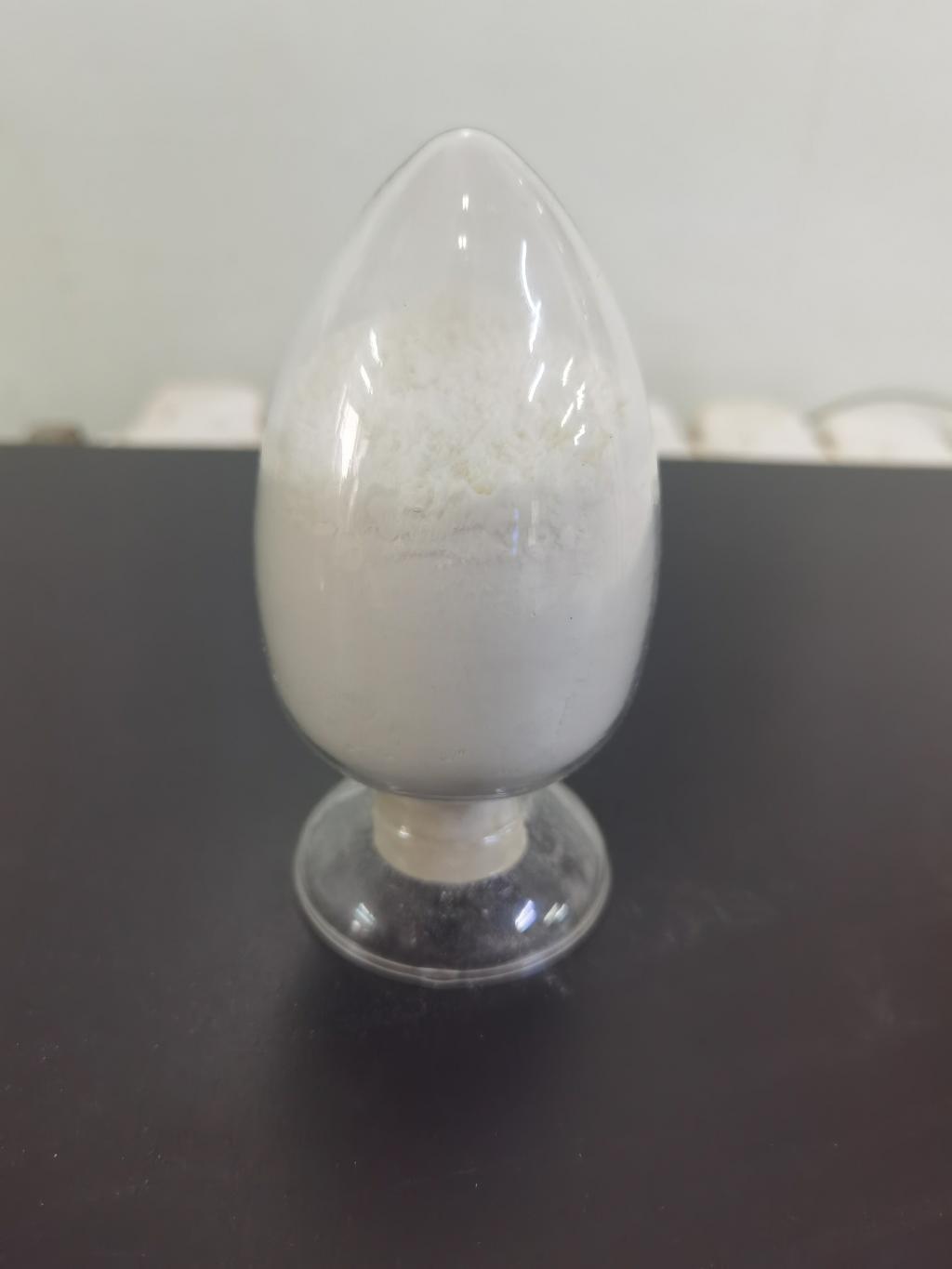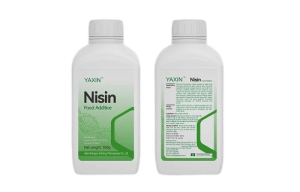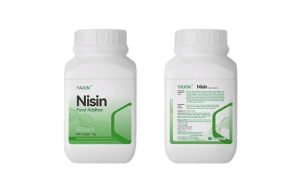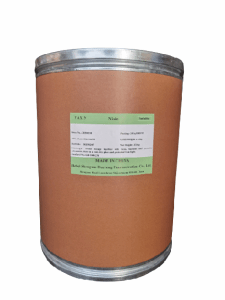Tel:+8618231198596

News
 CONTACT
CONTACT
 CONTACT
CONTACT
- Linkman:Linda Yao
- Tel: +8618231198596
- Email:linda.yao@dcpharma.cn
- Linkman:CHARLES.WANG
- Department:Overseas
- Tel: 0086 0311-85537378 0086 0311-85539701
News
Current Position:
Home >
News
>ε-Polylysine Hydrochloride Implications for Clean Label and Ingredient Transparency.
ε-Polylysine Hydrochloride Implications for Clean Label and Ingredient Transparency.
TIME:2023-11-14
Understanding ε-Polylysine Hydrochloride:
Natural Origin:
ε-Polylysine is a naturally occurring polymer of the amino acid lysine, produced by certain strains of bacteria through fermentation. Its hydrochloride form, commonly used in food applications, is derived from this natural source, aligning with the clean label philosophy.
Antimicrobial Properties:
One of the key features of ε-polylysine hydrochloride is its potent antimicrobial activity. It is effective against a broad spectrum of bacteria, inhibiting their growth and proliferation. This antimicrobial action is crucial for extending the shelf life of food products and ensuring their safety.
Production Process:
The production of ε-polylysine hydrochloride involves a fermentation process, adding to its appeal as a clean label ingredient. Fermentation is a natural and traditional method, contributing to the ingredient's overall transparency and acceptance in clean label formulations.
Implications for Clean Label:
Minimal and Recognizable Ingredients:
ε-Polylysine hydrochloride meets the criterion of clean label products by being a minimal and recognizable ingredient. Consumers are increasingly seeking products with ingredient lists that are straightforward and free from artificial additives.
Replacing Synthetic Preservatives:
In clean label formulations, there is a growing demand for natural alternatives to synthetic preservatives. ε-Polylysine hydrochloride, with its natural origin and antimicrobial properties, provides an effective solution for replacing synthetic preservatives while maintaining product safety and shelf life.
Preserving Freshness Naturally:
The use of ε-polylysine hydrochloride in food products aligns with the clean label goal of preserving freshness naturally. By inhibiting the growth of spoilage microorganisms, it contributes to the extension of shelf life without relying on artificial or chemical preservatives.
Meeting Consumer Expectations:
As consumers become more conscious of their food choices, the incorporation of ε-polylysine hydrochloride into clean label products aligns with their expectations for transparency, naturalness, and the use of ingredients with clear origins.
Applications in Various Food Products:
Bakery and Snack Foods:
In the bakery and snack industry, ε-polylysine hydrochloride is used to extend the shelf life of products like bread, cakes, and snacks. Its effectiveness in inhibiting mold and bacterial growth contributes to the clean label profile of these products.
Dairy and Cheese:
The dairy industry benefits from ε-polylysine hydrochloride in cheese production, where it helps control unwanted microbial activity without affecting the desirable cultures. This is particularly relevant for clean label cheeses that emphasize minimal processing.
Meat and Poultry:
In meat and poultry products, ε-polylysine hydrochloride serves as a natural preservative, contributing to the reduction of synthetic additives. Its application in marinades, coatings, and processed meats aligns with clean label principles.
Beverages:
From fruit juices to soft drinks, ε-polylysine hydrochloride finds applications in preserving the freshness of liquid products. Its natural origin and functionality contribute to clean label beverages that meet consumer expectations.
Consumer Perception and Acceptance:
Educating Consumers:
Consumer understanding of ε-polylysine hydrochloride and its benefits is crucial for acceptance. Educating consumers about the natural origin, antimicrobial properties, and role in clean label formulations can foster positive perceptions.
Building Trust in Natural Preservatives:
Trust is a key factor in clean label choices. As ε-polylysine hydrochloride becomes more prevalent in clean label products, building trust in its efficacy and safety as a natural preservative is essential for widespread acceptance.
Label Transparency:
Clean label products are characterized by transparent labeling. Clearly communicating the presence of ε-polylysine hydrochloride on product labels, along with its natural origin, contributes to transparency and aligns with consumer preferences.
Challenges and Considerations:
Regulatory Compliance:
Adhering to regulatory standards and obtaining approvals for the use of ε-polylysine hydrochloride in various regions is a consideration for manufacturers. Ensuring compliance contributes to both legal and consumer acceptance.
Formulation Stability:
Stability in different formulations is a challenge for many natural ingredients. Ensuring the stability of ε-polylysine hydrochloride under various conditions, especially in complex food matrices, is essential for its successful application.
Integration in Diverse Cuisines:
Clean label trends extend globally, and the integration of ε-polylysine hydrochloride into diverse cuisines poses a challenge. Ensuring that the ingredient aligns with the sensory attributes of different foods is crucial for its acceptance.
Future Perspectives:
Technological Innovations:
Ongoing research and technological advancements may lead to innovations in the production and application of ε-polylysine hydrochloride, further enhancing its suitability for clean label formulations.
Collaboration for Education:
Collaborative efforts between industry stakeholders, regulatory bodies, and consumer advocacy groups can contribute to educating the public about the benefits and safety of ε-polylysine hydrochloride in clean label products.
Expanding Applications:
Exploring new applications for ε-polylysine hydrochloride beyond its traditional uses can open up opportunities for its integration into a wider range of clean label products, contributing to its versatility and impact.
Conclusion:
ε-Polylysine hydrochloride's implications for clean label and ingredient transparency underscore its potential as a natural and effective solution in the pursuit of cleaner and more transparent food products. As the food industry continues to respond to consumer demands for simplicity, naturalness, and sustainability, ε-polylysine hydrochloride stands out as a valuable tool for preserving freshness and ensuring food safety without compromising on clean label principles. The journey towards cleaner labels and transparent ingredient lists is intertwined with the adoption and acceptance of innovative solutions like ε-polylysine hydrochloride, shaping the future of the food industry.
- Tel:+8618231198596
- Whatsapp:18231198596
- Chat With Skype







